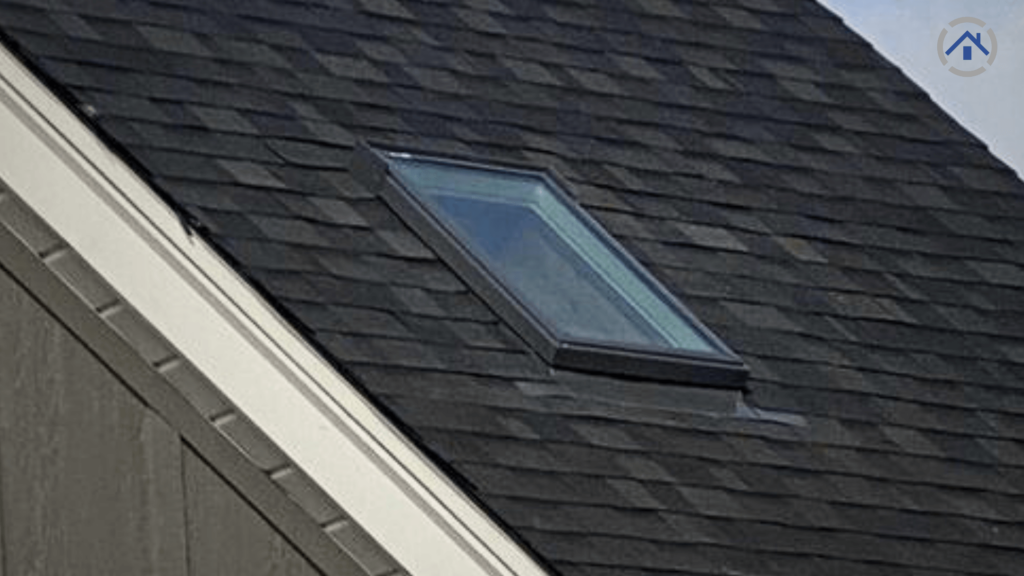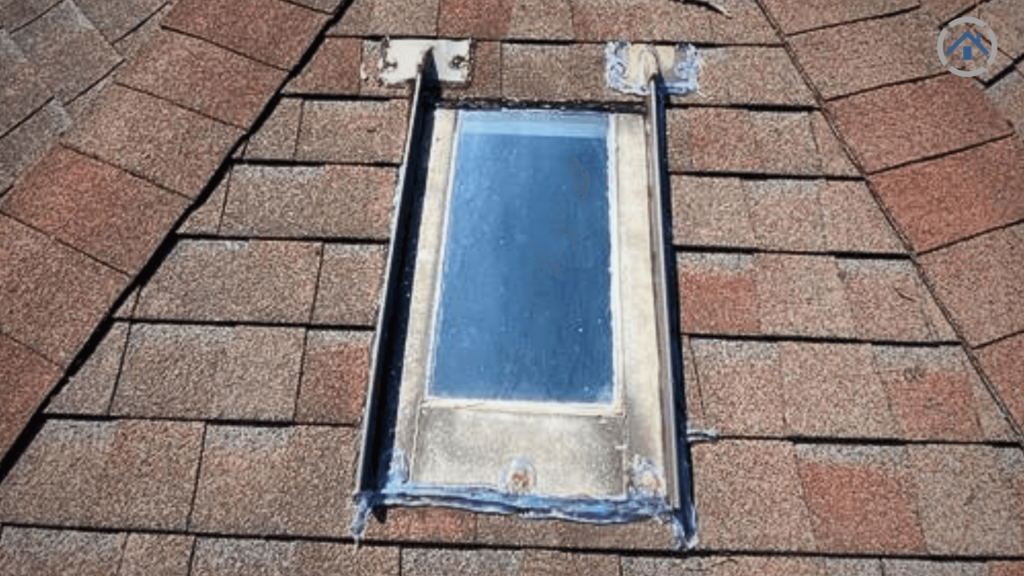
A skylight may transform practically every room in a house, but you must pick the best type of skylight to meet your particular needs. Do you want to raise ceiling height and make an architectural statement, or do you want a skylight to let light into the room? Or do you want to increase the worth of your house before you sell it by showcasing its vistas even more? Common questions from homeowners "why is my skylight dripping?"
You can feel a little overwhelmed by the enormous variety when you first look into skylights. Different types, designs, and installation techniques exist. There are also numerous different glass kinds, glazings, coverings, and shades.

When it comes to skylights, you have a choice between two main types: fixed skylights and vented skylights. Fixed skylights are stationary and do not open, but they provide a clear view of the sky and allow natural light to flood into the room. They are a popular choice for rooms where ventilation is not a priority. On the other hand, vented skylights can be opened and closed to let in fresh air in addition to natural light. They are a great option if you want to improve airflow and create a more comfortable environment.
In addition to the type of skylight, it's important to understand the key components involved. Skylights consist of flashing, glass, and frame. Flashing is the material that surrounds the skylight to provide a waterproof barrier, preventing water from seeping in. The glass, of course, allows sunlight to pass through and illuminates the room. The frame holds the skylight in place and provides structural support.
Understanding these components will help you make informed decisions when it comes to maintenance and repair on leaking skylights.

These are conventional, non-opening skylight windows. In addition to offering light, they can offer a stunning view of the sky or other natural beauty. Fixed skylights are typically mounted on a high ceiling, out of your reach. They don't manage the humidity in a space because they don't open.
Also known as vented or operable skylights. Skylights with vents have the same appearance as permanent skylights, but they can be opened manually or with an electronic control. As a result, vented skylights are a wise decision in areas where condensation or excessive humidity are issues. For instance, they can offer moisture control in important spaces like kitchens and restrooms. If they are simple to use and constructed in accordance with construction codes, they may also serve as emergency exits. Vented skylights, however, are typically more expensive than fixed skylights.

Understanding the key components of skylights is crucial for their proper installation and maintenance. One important component is the flashing, which creates a watertight seal around the skylight to prevent water infiltration. Made of durable materials such as metal, the flashing ensures that your skylight remains weatherproof and protects your home from leaks and water damage. Regular inspection and maintenance of the flashing are essential to detect any signs of wear or damage and address them promptly.
Another vital component of skylights is the glass. The glass allows natural light to illuminate the space below, creating a bright and open atmosphere. Energy-efficient skylight glass with proper thermal insulation helps regulate the indoor temperature and reduce energy consumption. Choosing high-quality, durable glass that resists cracking and fading is essential for long-lasting performance. Regular cleaning and maintenance of the glass surface are necessary to maintain its clarity and maximize light transmission.

Water leakage and condensation issues with skylights are now a thing of the past thanks to modern technical advancements. However, if your skylights are installed incorrectly, you run the risk of encountering issues like these. The easiest way to avoid this type of issue is to have a professional installation technician, like ours, install yours.
To minimize condensation on your skylight:
Your skylights can leak from a variety of sources, including snow, debris, and even seemingly little things like leaves. They weaken the fasteners as they build up, leading to more leaks.
Consider these steps:

Conclusion
Skylights come in various types, including fixed skylights and opened skylights. Fixed skylights are non-operable and are designed to bring natural light into the space without ventilation. They are ideal for areas where additional ventilation is not required, such as hallways or rooms with windows. On the other hand, opened skylights are designed to provide both natural light and fresh air. They can be manually or electronically operated, allowing you to control the amount of airflow and ventilation in the space.
When it comes to skylight maintenance, two common issues that may arise are skylight dripping and condensation. Skylight dripping can occur due to improper installation, worn-out flashing, or inadequate sealing. It's important to address this issue promptly to prevent water damage and potential leaks. Condensation, on the other hand, can be a result of temperature differences between the interior and exterior of the skylight. Proper insulation, ventilation, and the use of anti-fogging products can help mitigate condensation and maintain a clear view through the skylight.
To ensure the optimal performance of your skylight, it's recommended to consult with professionals for installation, repairs, and maintenance. They can assess the condition of the skylight, inspect its components such as flashing, glass, and frame, and provide necessary repairs or replacements if needed. By taking proactive measures and staying attentive to any issues, you can enjoy the benefits of natural light and a well-maintained skylight in your space.